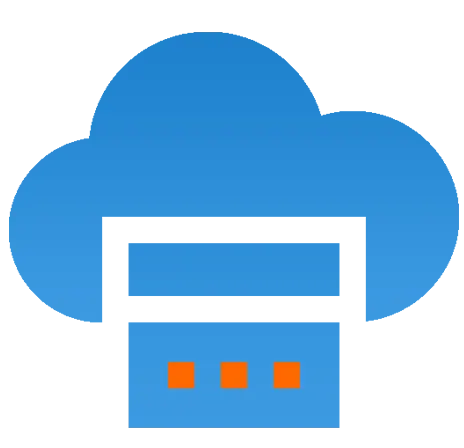 Server
Colocation
Server
Colocation
 CDN
Network
CDN
Network
 Linux Cloud
Hosting
Linux Cloud
Hosting
 VMware Public
Cloud
VMware Public
Cloud
 Multi-Cloud
Hosting
Multi-Cloud
Hosting
 Cloud
Server Hosting
Cloud
Server Hosting
 Kubernetes
Kubernetes
 API Gateway
API Gateway

Google Chrome has many hidden internal pages, also known as chrome:// URLs, which offer useful diagnostic, debugging, and configuration options. These hidden URLs provide insights into browser performance, settings, and experimental features.
In this guide, we will explore how to find Chrome's hidden URLs, understand their functions, and make the most out of them.
Chrome's hidden URLs, also called internal pages, allow users to access various browser settings, experimental features, and debugging tools. These pages are primarily designed for developers, administrators, and advanced users to troubleshoot or configure Chrome.
Some of these URLs offer performance statistics, network logs, and security settings, while others provide access to experimental features that may not be available through Chrome’s standard settings menu.
To see all the internal Chrome pages, follow these simple steps:
1. Open Google Chrome.
In the address bar, type:
Arduino
chrome://chrome-urls/
2. Press Enter to load the page.
This will display a complete list of Chrome’s internal URLs, each leading to a specific function or tool within the browser.
Here’s a table of some of the most important chrome:// URLs and what they do:
|
Chrome URL |
Function |
|
chrome://about/ |
Displays a list of all Chrome internal URLs. |
|
chrome://chrome-urls/ |
Another way to see all available Chrome pages. |
|
chrome://version/ |
Shows Chrome version, OS details, and user profile path. |
|
chrome://settings/ |
Opens the browser's main settings page. |
|
chrome://flags/ |
Access experimental features and enable/disable them. |
|
chrome://extensions/ |
Manage installed extensions. |
|
chrome://history/ |
View and manage browsing history. |
|
chrome://downloads/ |
Open the downloads page. |
|
chrome://dns/ |
View DNS resolver cache details. |
|
chrome://gpu/ |
Check GPU (graphics card) information and status. |
|
chrome://net-internals/ |
Inspect network traffic and troubleshoot connectivity issues. |
|
chrome://components/ |
Check the status of browser components like Widevine DRM and Adobe Flash. |
|
chrome://memory-internals/ |
Displays memory usage details of Chrome processes. |
|
chrome://crashes/ |
View crash reports (if crash reporting is enabled). |
|
chrome://policy/ |
View applied enterprise policies (useful for managed devices). |
This is not an exhaustive list, but it includes some of the most useful chrome:// URLs that help with browser management, debugging, and performance monitoring.
One of the most powerful hidden Chrome URLs is chrome://flags/, where you can enable or disable experimental features.
1. Open Chrome and type chrome://flags/ in the address bar.
2. Browse the list of available experimental features.
3. Use the search bar to find a specific feature.
4. Click the Enable or Disable button next to a flag.
5. Click Relaunch to apply the changes.
Warning: Chrome Flags features are experimental and may cause instability or crashes. Use them with caution.
If you're experiencing issues with Chrome, the following hidden URLs can help you diagnose and fix problems:
1. chrome://net-internals/→ Debug network-related issues.
2. chrome://gpu/ → Check if GPU acceleration is working.
3. chrome://crashes/ → View crash reports and identify problematic extensions or settings.
4. chrome://policy/ → Check enforced policies (useful for managed devices in workplaces).
Chrome’s hidden URLs provide powerful tools for diagnosing, troubleshooting, and enhancing browser functionality. Whether you're a developer, IT administrator, or power user, these internal pages offer valuable insights.
If you encounter any issues while using Chrome or need professional support, Cyfuture Cloud is here to help! We provide reliable cloud solutions, troubleshooting assistance, and expert guidance to ensure seamless browsing and performance.
Need assistance? Contact Cyfuture Cloud today!

Let’s talk about the future, and make it happen!
By continuing to use and navigate this website, you are agreeing to the use of cookies.
Find out more


